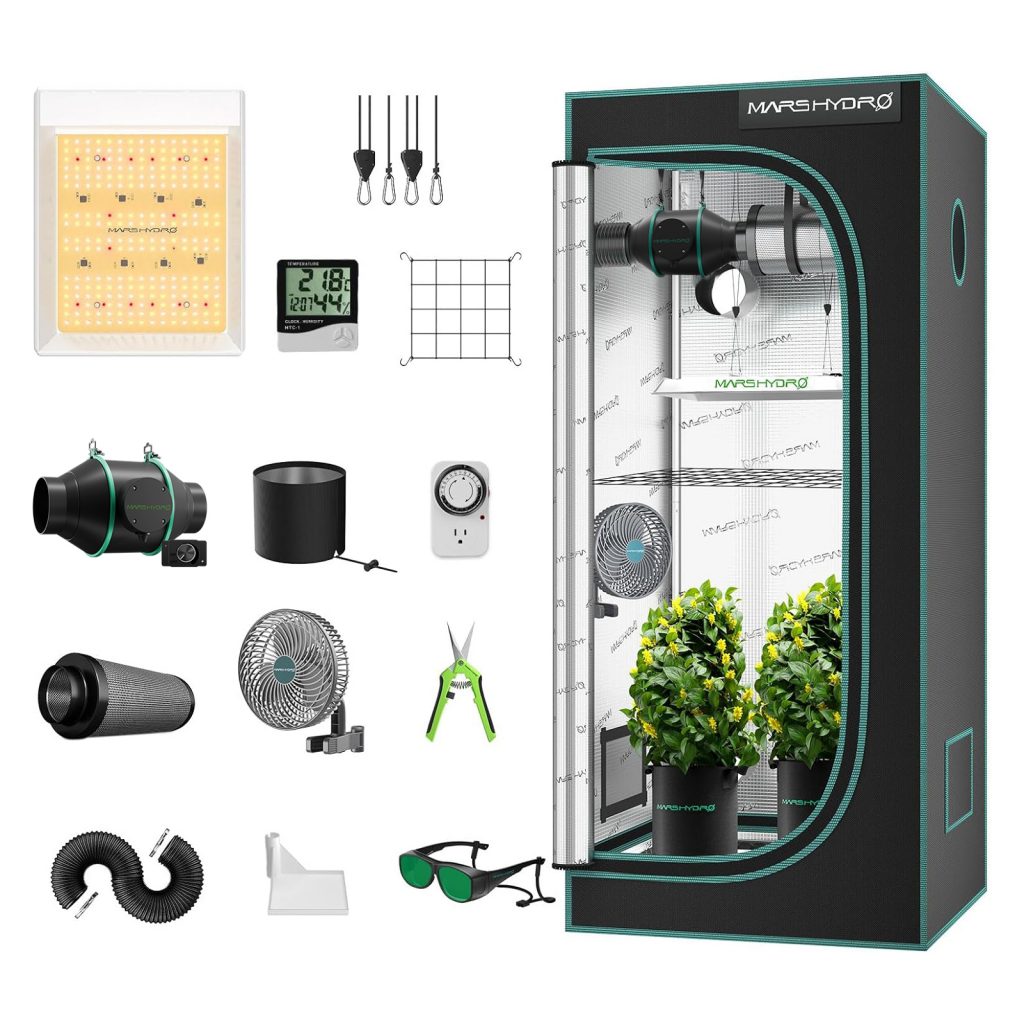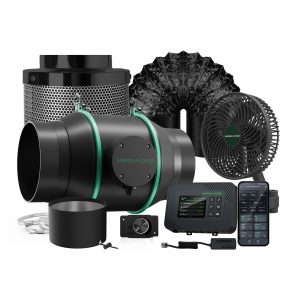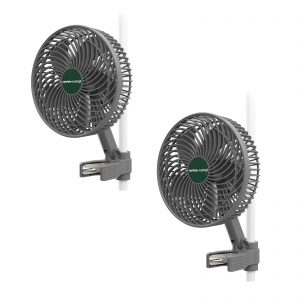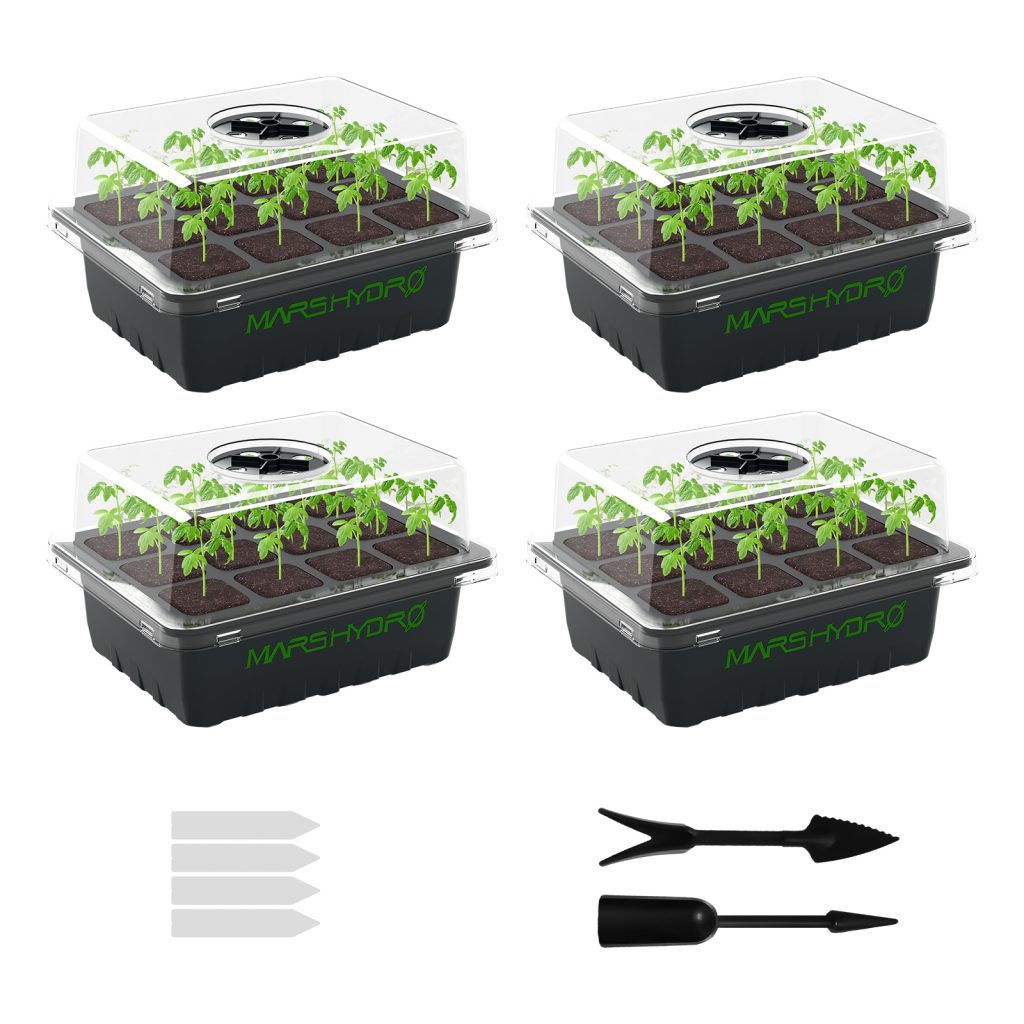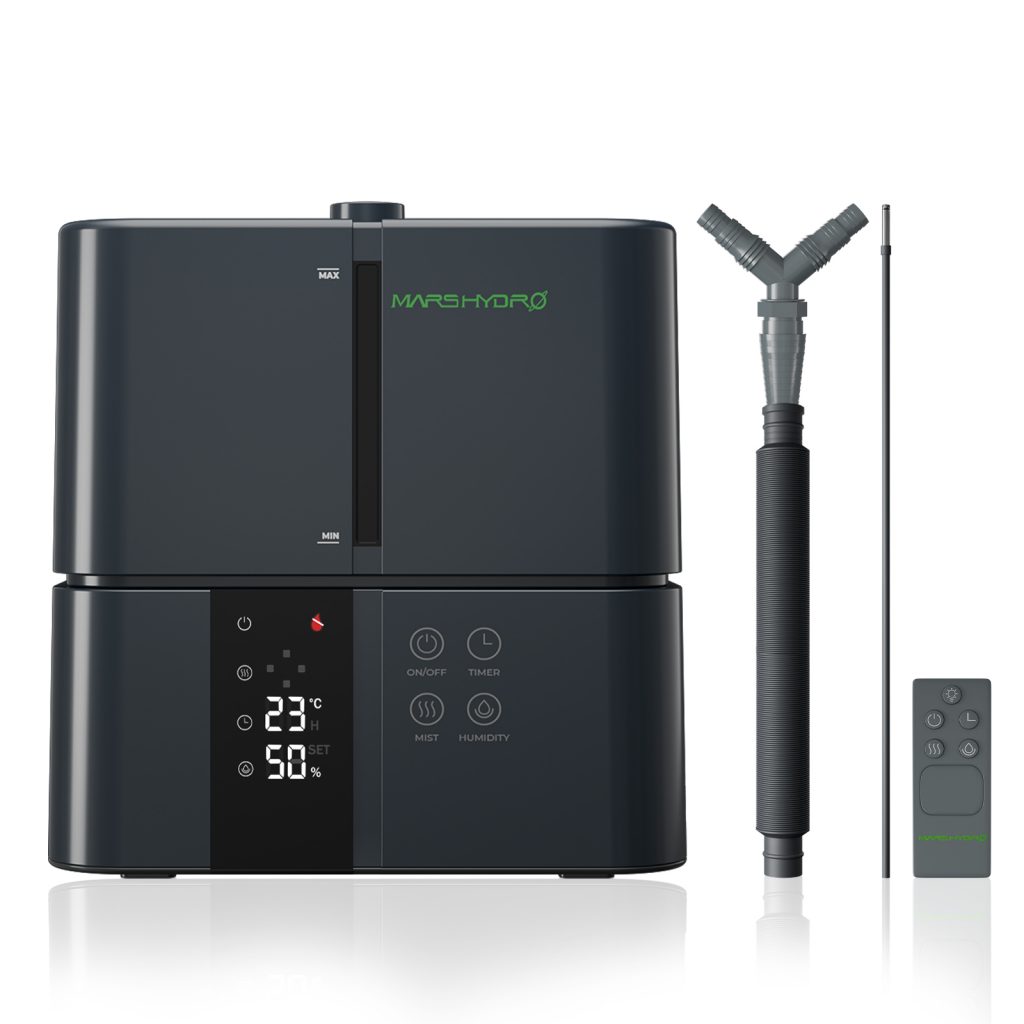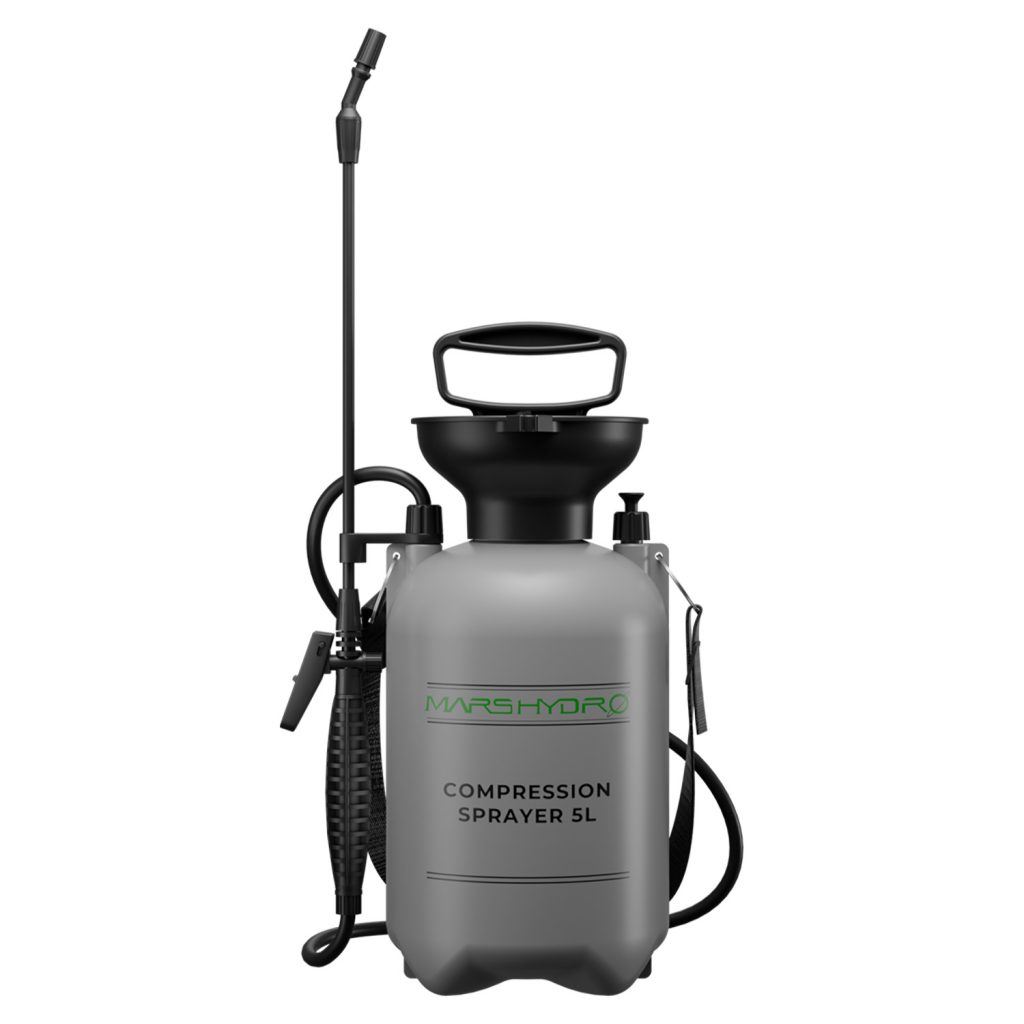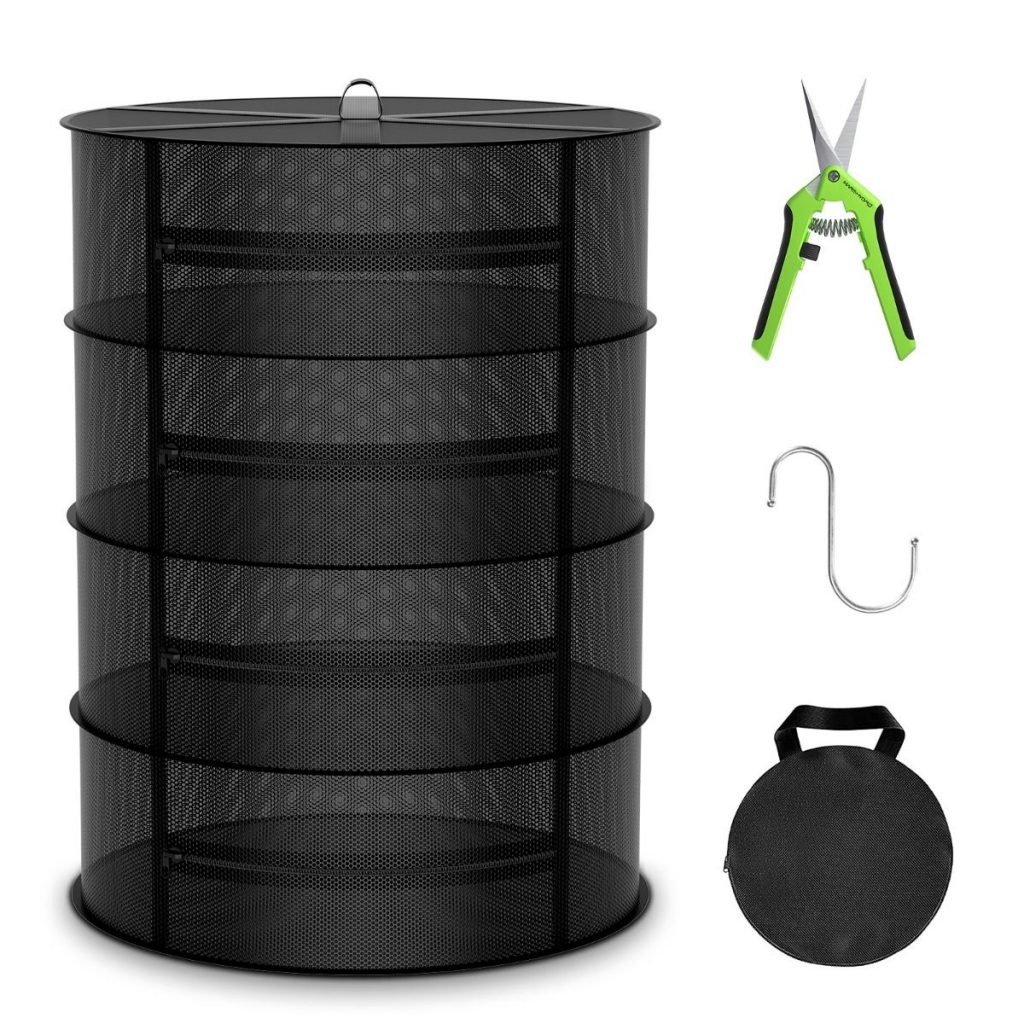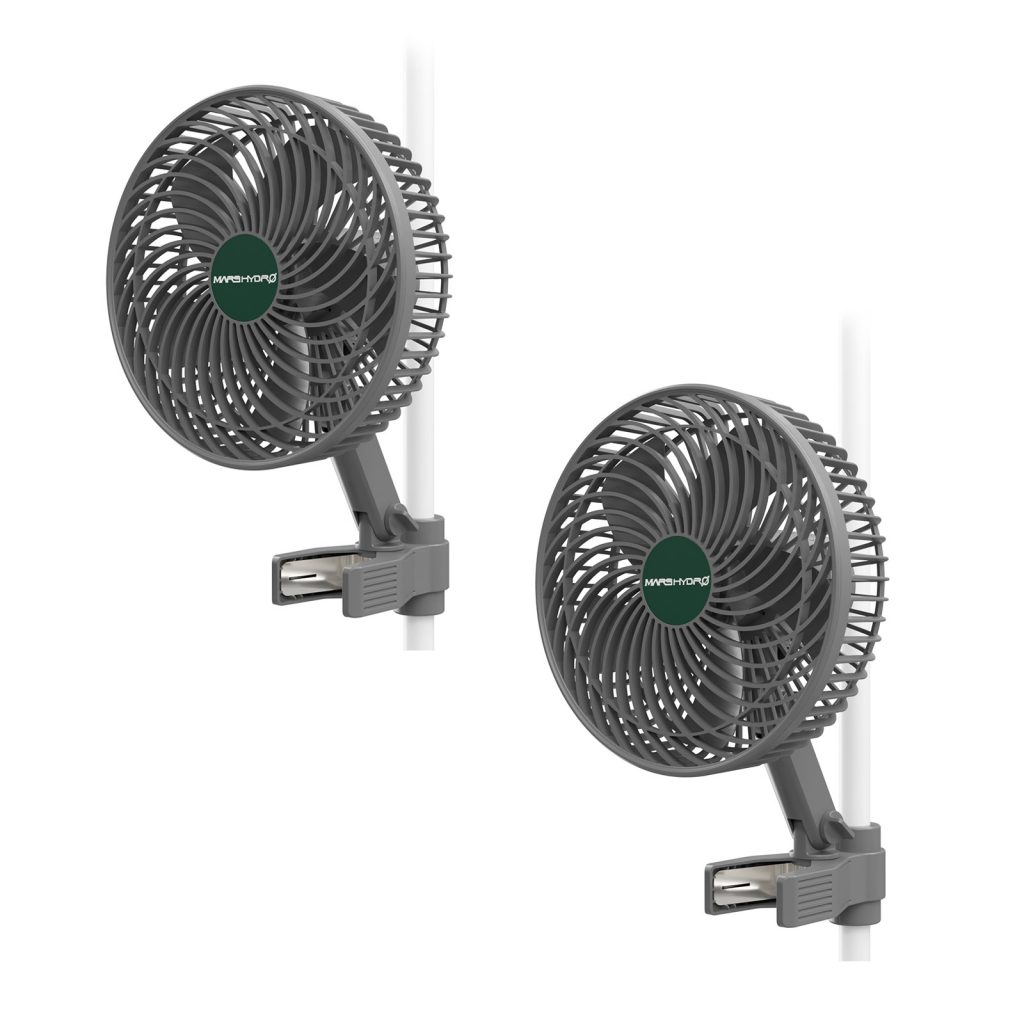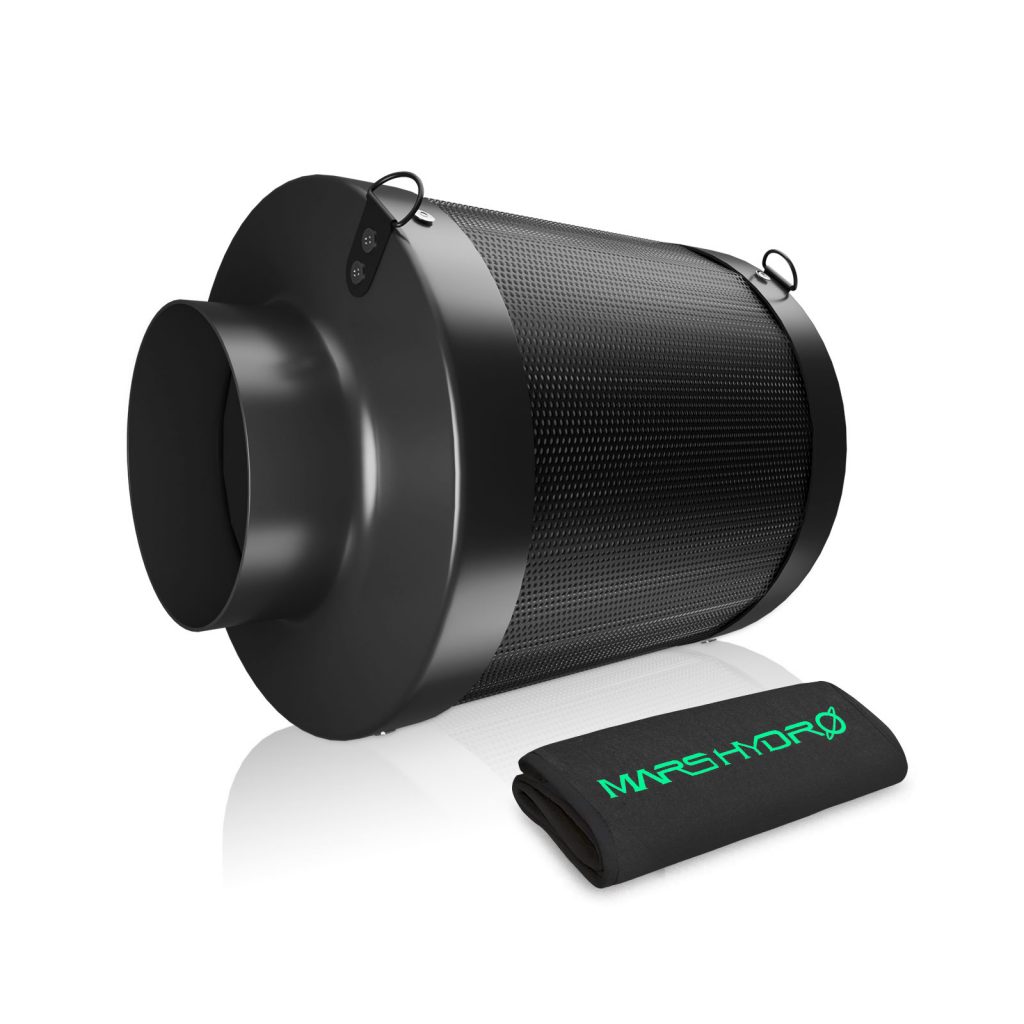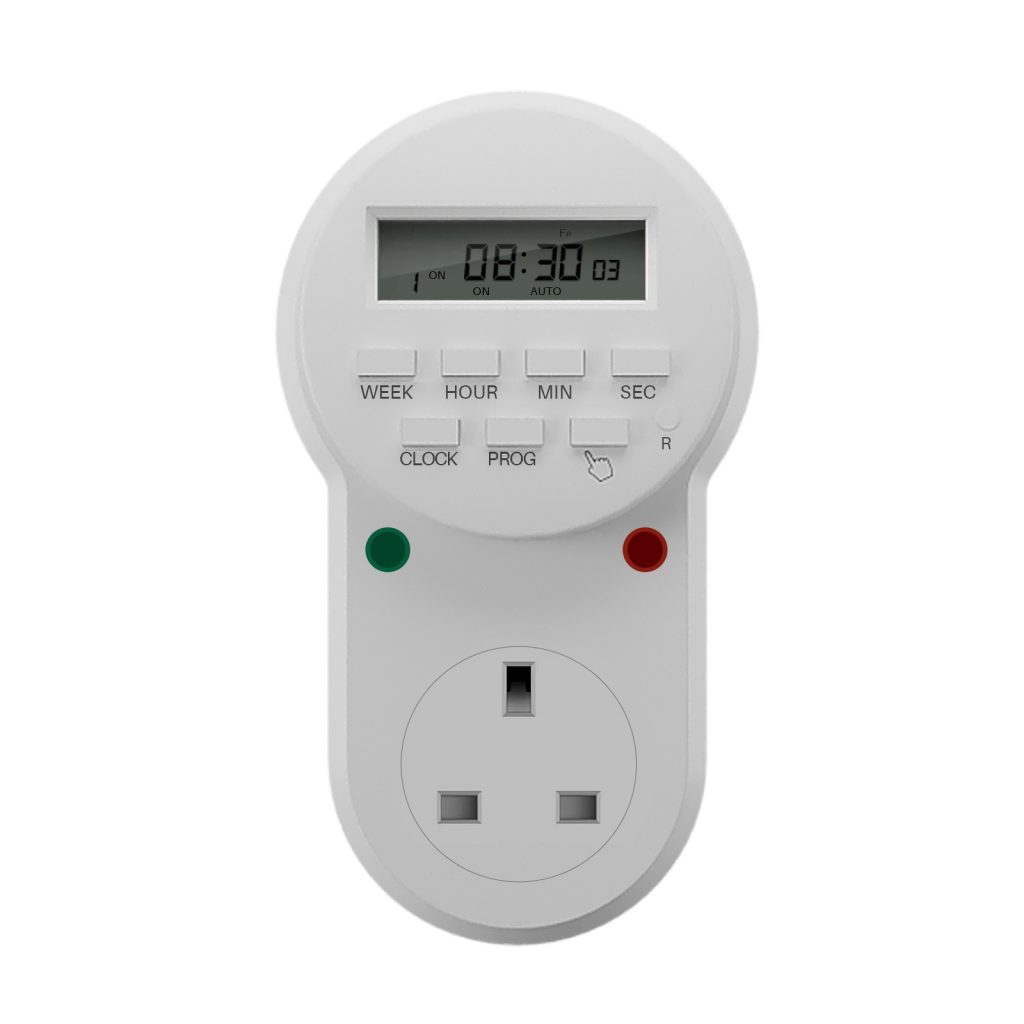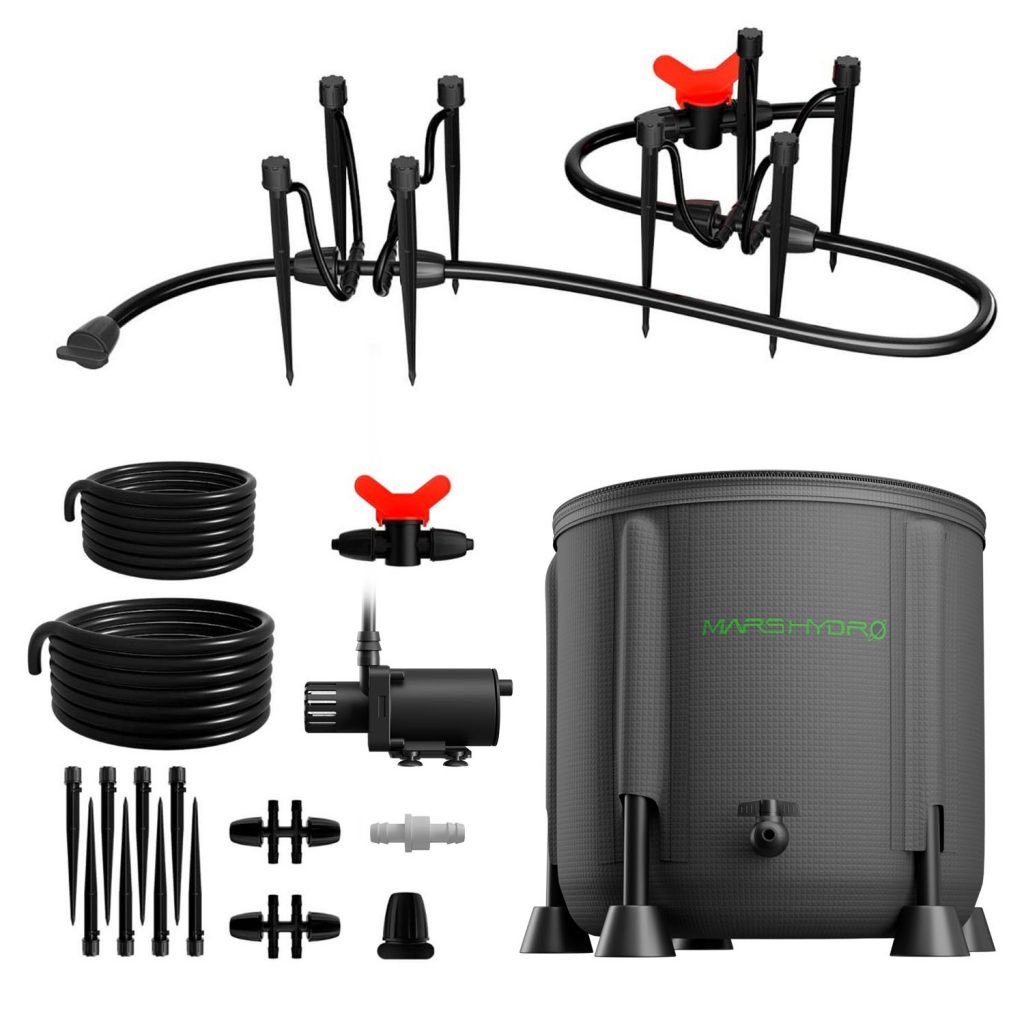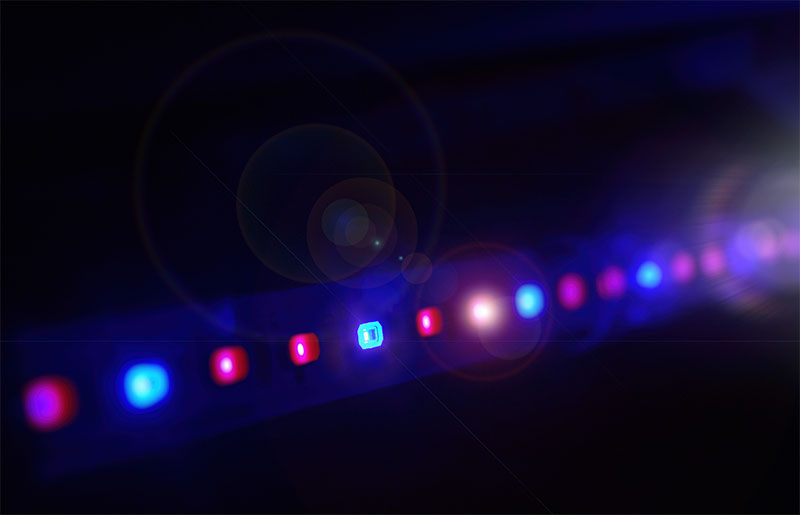In the world of indoor gardening and hydroponics, LED grow lights have become increasingly popular due to their efficiency and effectiveness. They are known for their efficiency, longevity, and the ability to provide a full spectrum of light, which is crucial for plant growth. However, one aspect that often concerns growers is the electricity consumption of these lights. In this blog post, we'll dive deep into the world of LED grow lights, focusing on their electricity consumption, and provide insights on how to optimize their usage for both plant growth and energy efficiency.
Electricity Usage of LED Grow Lights
Understanding Wattage and Efficiency
When evaluating the electricity consumption of LED grow lights, it's essential to delve beyond mere wattage and understand the dynamics of their energy conversion and effectiveness.
The Role of Wattage in LED Grow Lights
Wattage in LED grow lights measures the rate of energy consumption. While it is a fundamental indicator of electricity usage, it doesn't provide the full picture of the light's performance or efficiency. A higher wattage LED light doesn't necessarily mean more effectiveness for plant growth, as the efficiency varies based on several factors.
Efficiency and PAR
The crux of an LED grow light's efficiency lies in its ability to convert electrical energy into light that is useful for plant photosynthesis. This light is known as Photosynthetically Active Radiation (PAR). PAR represents the spectrum of light (ranging from 400 to 700 nanometers) that plants can utilize for photosynthesis.
The efficiency of LED lights is often quantified in terms of PAR output per watt of electricity consumed. This metric is crucial because it tells us how much usable light for plant growth is produced for each watt of power consumed. High-efficiency LEDs can produce more PAR per watt, meaning they deliver more light that plants can use for growth while using less electricity.
Comparing LED and Traditional Grow Lights
In comparison to traditional lighting systems like High-Intensity Discharge (HID) or fluorescent bulbs, LED grow lights exhibit a significantly higher energy conversion efficiency. Here’s a breakdown:
1. HID Lights: High-Intensity Discharge lights, such as Metal Halide (MH) and High-Pressure Sodium (HPS) lamps, have been popular in plant cultivation for their intense light output. However, their downside is significant heat production and energy inefficiency. A study published in the journal "Applied Energy" in 2012 noted that HID lamps convert only about 20-30% of electrical energy into useful light, with the rest being wasted as heat. Additionally, HID systems require extra components like ballasts and reflectors, which add to their overall energy consumption.
2. Fluorescent Lights: These lights, including T5, T8, and compact fluorescent lamps (CFLs), are more energy-efficient than HIDs, often used for seedlings and small plants. However, their efficiency is still lower compared to LEDs. A research article in "HortScience" in 2008 reported that fluorescent lights exhibit better energy conversion than HIDs but still have limitations in light spectrum and lower Photosynthetically Active Radiation (PAR) output per watt. This means they are not as effective for photosynthesis across a plant's life cycle.
3. LED Lights: LED grow lights mark a substantial leap forward in horticultural lighting, primarily due to their exceptional efficiency. Unlike HID and fluorescent lights, LEDs can convert an impressive 40-50% of electrical energy into usable Photosynthetically Active Radiation (PAR), making them significantly more efficient. This superior efficiency means that a 400W LED grow light can effectively replace a 600W High-Pressure Sodium (HPS) grow light. The key to this efficiency lies in the LEDs' ability to emit a full spectrum of light, which is optimally tailored for plant growth, combined with their low heat output. This reduced heat emission minimizes the need for additional cooling systems. A 2017 study published in 'Scientific Reports' underscored the effectiveness of LED lights in indoor farming, highlighting their capacity to cut energy consumption by up to 40% when compared to conventional lighting methods. Furthermore, the longer lifespan of LED lights translates to fewer replacements and, consequently, lower operational costs over time.
Calculating Electricity Costs
To calculate the cost of running an LED grow light, you'll need to consider the wattage of the light, the number of hours it's run per day, and the cost per kilowatt-hour (kWh) of your electricity. The formula is:
Electricity Cost = (Wattage × Running Time (h/day) × Running Time (months/year) / 1000 × Electricity Cost (p/kWh)
Building on our previous discussion where we established that a 400W LED grow light can effectively substitute a 600W High-Pressure Sodium (HPS) grow light, let's delve into a practical comparison. We'll take the Mars Hydro TS3000 as our example, which is a 450-watt LED grow light, and compare it with a standard 600-watt HPS grow light. This comparison will help us understand the efficiency and cost-effectiveness of LED lights in a real-world scenario.
LED Grow Light (Mars Hydro TS3000, 450W):
- Daily power usage: Operating for 18 hours a day, the TS3000 consumes 8.1 kWh (450W × 18h = 8100 watt-hours / 1000 = 8.1 kWh).
- Monthly power usage: With 30 days in a month, the total is 243 kWh (8.1 kWh/day × 30 days).
- Monthly electricity cost in the UK: At an average cost of 28.34 pence per kWh, the cost is approximately £68.87 per month (243 kWh × £0.2834).
HPS Grow Light (600W):
- Daily power usage: For 18 hours of operation, it consumes 10.8 kWh (600W × 18h = 10800 watt-hours / 1000 = 10.8 kWh).
- Monthly power usage: Over a month, this amounts to 324 kWh (10.8 kWh/day × 30 days).
- Monthly electricity cost in the UK: The cost comes to about £91.82 per month (324 kWh × £0.2834).
The example demonstrates that the 450W LED grow light is more energy-efficient and cost-effective compared to a 600W HPS grow light, as it consumes less electricity to achieve a similar level of light output.
Remember, the actual power consumption may vary depending on factors like the efficiency of the LED grow light, ambient temperature of the growth environment, and the quality of power supply. For your convenience in estimating your power costs, click here to get your estimated electricity cost.
Tips for Optimizing Electricity Usage

After assessing the cost implications of using different types of grow lights, it's clear that the choice of lighting can significantly impact both energy consumption and operational expenses. This understanding leads us to consider broader strategies for optimizing electricity usage in horticultural setups. While the immediate cost savings between a 450W LED grow light like the Mars Hydro TS3000 and a 600W HPS light are evident, there are additional steps that can be taken to further enhance efficiency and reduce costs.
1. Select High-Efficiency Lighting: Opt for LED bulbs that offer a superior lumen-per-watt ratio, which means they provide more light using less electricity. LEDs are not only energy-efficient but also have a longer lifespan compared to traditional incandescent bulbs.
2. Implement Smart Scheduling: Use timers and motion sensors to control lighting. This ensures that lights are active only when needed, thereby conserving energy. Smart grow systems can automate this process, further enhancing energy savings.
3. Adjust Lighting According to Growth Stages: Plants in their early stages do not require intense light. You can save electricity by positioning the lights closer to the plants and reducing the light intensity. As the plants grow, you can gradually increase the intensity. This method of dimming lights according to the growth stages is an effective way to conserve energy while providing the right amount of light for each stage of plant development.
4. Maintain Lighting Systems Regularly: Regular cleaning and maintenance of light fixtures and bulbs can significantly improve their efficiency. Dust and dirt can reduce the effectiveness of bulbs, leading to unnecessary power consumption.
5. Strategic Placement of Light Sources: Carefully consider the placement of lights in your space. Efficient positioning can illuminate larger areas with fewer fixtures or lower wattage bulbs. This approach reduces overall power consumption while maintaining adequate lighting. Consider factors like natural light sources and the reflective properties of walls and surfaces.
Conclusion
LED grow lights are a boon for indoor gardening, offering energy efficiency and effective plant growth. By understanding their electricity consumption and implementing strategies to optimize their operation, growers can enjoy the benefits of indoor gardening while keeping energy costs in check.
Remember, the key is to balance the needs of your plants with energy-efficient practices. Happy gardening!


